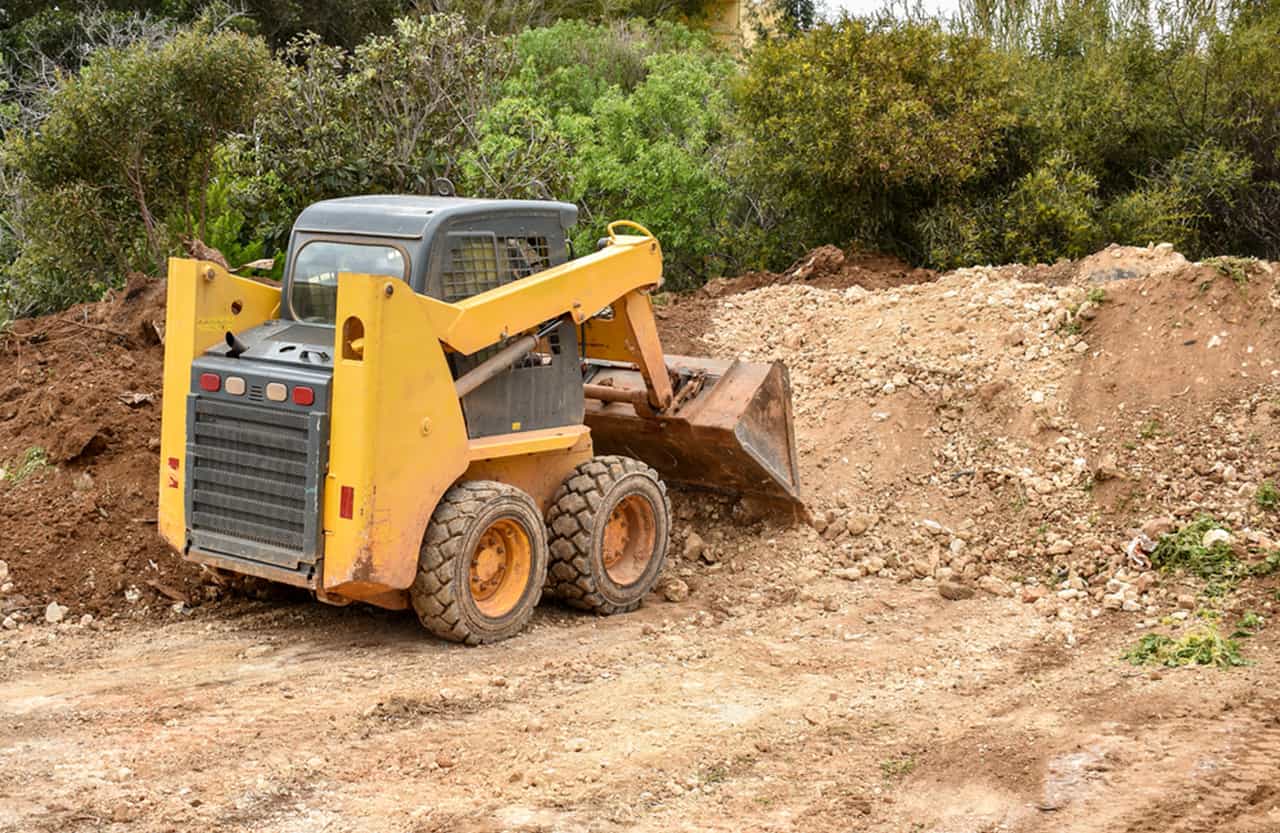
Operating a skid steer can be an efficient and effective way to complete various tasks on construction sites, farms, and other work environments. However, as with any heavy machinery, it’s crucial to prioritize safety to prevent accidents and injuries. Here are some vital skid steer safety tips operators should know.
Before operating a skid steer, ensure you have received comprehensive training and certification. Familiarize yourself with the specific model you’ll be using, as controls and features can vary. Understand the operating capacity, limitations, and proper use of attachments. Training should also cover emergency procedures and how to respond in case of an accident.
Prior to operating the skid steer, perform a detailed examination of the machinery. Inspect the levels of essential fluids such as oil, hydraulic fluid, and coolant, as well as the pressure and condition of the tires. Verify that all lights, signals, and safety mechanisms are in proper working order. Additionally, search for any apparent signs of damage or leaks that may suggest a mechanical problem.
Always wear the appropriate PPE when operating a skid steer. This includes a hard hat, safety glasses, ear protection, and steel-toed boots. High-visibility clothing is also recommended to ensure you’re easily seen by others on the worksite.
Use the handholds and steps provided to safely enter and exit the skid steer. Never jump off the machine, as this can lead to slips or falls. Make sure the seatbelt is fastened and the safety bar (if equipped) is in place before starting the skid steer.
Always be aware of your surroundings when operating a skid steer. Keep a safe distance from other workers, equipment, and obstacles. Be cautious when working near edges, slopes, or uneven terrain. Use a spotter if necessary to guide you in tight spaces or when visibility is limited.
Adjust your speed according to the working conditions and terrain. Avoid sudden turns or movements that could cause the skid steer to tip over. Always maintain control of the machine and be prepared to stop quickly if needed.
When using the skid steer to carry loads, ensure they are evenly distributed and secured. Avoid carrying loads that exceed the operating capacity of the machine. Keep the load low to the ground while moving to maintain stability.
If you’re using attachments with the skid steer, make sure they are compatible and securely attached. Follow the manufacturer’s instructions for safe use and operation. Inspect attachments for damage or wear before use.
Good communication is key to maintaining a safe work environment. Use hand signals or two-way radios to communicate with other workers, especially when visibility is limited. Make sure everyone is aware of the skid steer’s movements and intentions.
Regular maintenance and timely repairs are essential for skid steer safety. Follow the manufacturer’s recommended maintenance schedule and address any issues promptly. Keeping the skid steer in good working condition will help prevent accidents and ensure its longevity.
Skid steer safety is a shared responsibility that requires proper training, awareness, and adherence to safety protocols. By following these tips, operators can minimize risks and create a safer work environment for themselves and their colleagues.